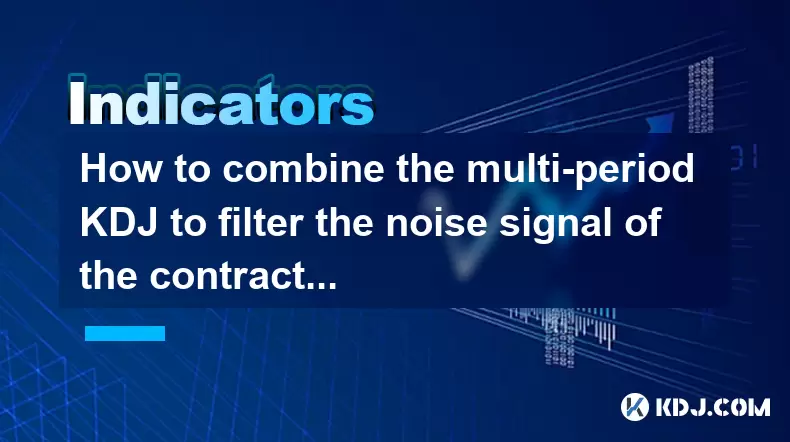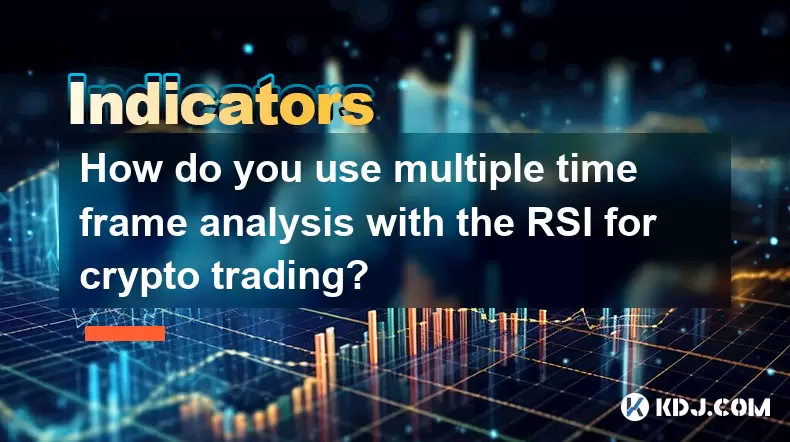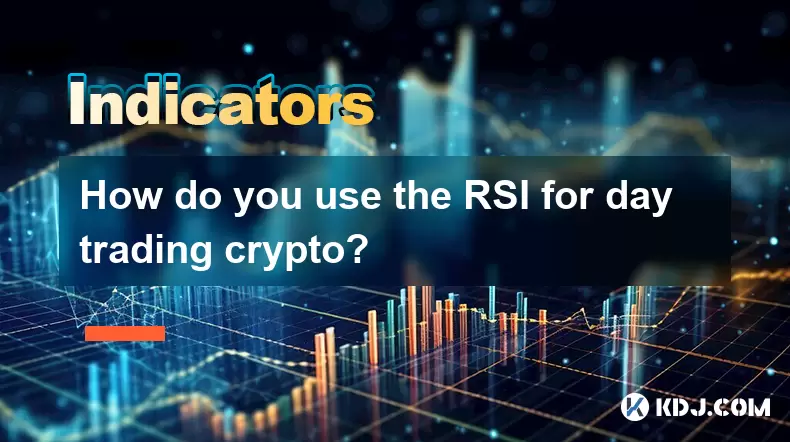-
 Bitcoin
Bitcoin $118400
0.47% -
 Ethereum
Ethereum $3836
2.20% -
 XRP
XRP $3.157
2.98% -
 Tether USDt
Tether USDt $0.9999
-0.03% -
 BNB
BNB $801.5
1.31% -
 Solana
Solana $180.9
2.07% -
 USDC
USDC $0.9999
-0.02% -
 Dogecoin
Dogecoin $0.2225
2.50% -
 TRON
TRON $0.3285
-1.02% -
 Cardano
Cardano $0.7789
2.60% -
 Hyperliquid
Hyperliquid $43.60
2.39% -
 Sui
Sui $3.892
4.41% -
 Stellar
Stellar $0.4229
3.34% -
 Chainlink
Chainlink $18.01
3.98% -
 Hedera
Hedera $0.2745
6.77% -
 Bitcoin Cash
Bitcoin Cash $582.3
3.38% -
 Avalanche
Avalanche $23.77
1.04% -
 Ethena USDe
Ethena USDe $1.001
0.01% -
 Toncoin
Toncoin $3.493
3.59% -
 Litecoin
Litecoin $110.0
2.48% -
 UNUS SED LEO
UNUS SED LEO $8.936
-0.37% -
 Shiba Inu
Shiba Inu $0.00001304
2.49% -
 Uniswap
Uniswap $9.999
1.09% -
 Polkadot
Polkadot $3.897
3.26% -
 Monero
Monero $308.6
-0.83% -
 Dai
Dai $0.9999
-0.01% -
 Bitget Token
Bitget Token $4.504
-0.04% -
 Pepe
Pepe $0.00001154
2.95% -
 Cronos
Cronos $0.1471
3.06% -
 Ethena
Ethena $0.6691
19.53%
How to combine the multi-period KDJ to filter the noise signal of the contract?
The KDJ indicator, when applied across multiple timeframes like 15-minute, 1-hour, and 4-hour charts, helps filter false signals and improve trade accuracy in volatile crypto markets.
Jun 21, 2025 at 08:50 am

Understanding the KDJ Indicator in Cryptocurrency Trading
The KDJ indicator, also known as the stochastic oscillator with J line modification, is a momentum-based tool used to identify overbought and oversold conditions in price movements. It consists of three lines: %K (fast stochastic), %D (slow stochastic), and %J (divergence value). In cryptocurrency trading, especially in futures or contract trading, this indicator becomes more effective when applied across multiple timeframes.
Cryptocurrency markets are inherently volatile, which often leads to false signals or noise when using single-period indicators. Traders can mitigate this by combining multi-period KDJ analysis—using different timeframes such as 15-minute, 1-hour, and 4-hour charts simultaneously—to filter out misleading entries and exits.
Multi-period KDJ helps confirm trend strength and avoids premature entry into trades that may reverse quickly.
Selecting Timeframes for Multi-Period KDJ Analysis
To effectively apply multi-period KDJ, traders must choose appropriate timeframes based on their trading strategy and risk tolerance. For intraday traders, using combinations like 15-minute and 1-hour charts is common. For swing traders, mixing 4-hour and daily charts provides better context.
Here’s how to proceed:
- Identify your primary timeframe: This is where you’ll execute your trade. For example, if you’re a day trader, it might be the 15-minute chart.
- Choose secondary confirmation timeframe(s): These should be higher than the primary. For instance, if your primary is 15 minutes, then use 1-hour and 4-hour charts for confirmation.
- Ensure consistency between timeframes: If the longer timeframe shows a strong downtrend, avoid taking bullish setups on the shorter one unless there's clear reversal evidence.
Each additional timeframe adds a layer of validation, reducing the likelihood of acting on false signals generated by short-term volatility.
Setting Up KDJ Parameters Across Multiple Periods
Most trading platforms allow users to customize the KDJ settings. The standard values are usually set at (9,3,3)—meaning 9 periods for %K, a 3-period moving average for %D, and another 3-period smoothing for %J. However, these can be adjusted depending on the asset and timeframe.
Steps to configure KDJ on multiple timeframes:
- Add the KDJ indicator to each selected chart: For example, open the 15-minute, 1-hour, and 4-hour charts and add the KDJ indicator with consistent parameters.
- Observe %K and %D crossovers: A buy signal occurs when %K crosses above %D in oversold territory (<20), while a sell signal happens when %K crosses below %D in overbought territory (>80).
- Use the J line cautiously: The J line tends to be more volatile and can give early reversal warnings. Watch for extreme readings (e.g., J > 100 or J < 0) but don’t act solely based on them without confirmation from other timeframes.
Consistent parameter usage ensures coherence across timeframes, making cross-validation reliable and actionable.
Filtering Noise Using Confluence of Signals
One of the key advantages of multi-period KDJ is its ability to filter noise through confluence. Here’s how to implement it:
- Look for alignment in direction: All timeframes should indicate the same trend. If the 4-hour and 1-hour show bullish momentum, only take long positions on the 15-minute chart.
- Avoid conflicting signals: If the 4-hour KDJ suggests overbought levels but the 1-hour is still rising, wait for the higher timeframe to confirm before entering.
- Pay attention to divergence: Divergence between price and KDJ across multiple timeframes can warn of potential reversals. For instance, if price makes new highs but KDJ fails to do so on both 1-hour and 4-hour charts, consider exiting longs or initiating shorts.
Confluence increases the probability of successful trades by eliminating erratic signals caused by temporary market fluctuations.
Practical Example: Filtering a False Buy Signal
Suppose Bitcoin is showing a bullish crossover on the 15-minute KDJ. On the surface, this looks like a solid long opportunity. But before entering, check the 1-hour and 4-hour KDJ:
- 15-minute chart: %K crosses above %D at 18, suggesting a buy.
- 1-hour chart: %K is just crossing above %D at 30, indicating early uptrend formation.
- 4-hour chart: %K remains below %D, and the J line is declining from 90, signaling weakening momentum.
In this case, despite a positive signal on the 15-minute chart, the higher timeframes suggest caution. The 4-hour chart indicates bearish pressure, which could negate the short-term gain.
This example illustrates how multi-period KDJ prevents premature entries and enhances trade quality by filtering out false positives.
Frequently Asked Questions
Q: Can I use different KDJ settings on different timeframes?
A: While it’s technically possible, consistency in settings ensures coherent analysis. Changing parameters per timeframe may lead to conflicting interpretations.
Q: Is the J line always necessary when using multi-period KDJ?
A: No, the J line is more sensitive and prone to noise. Use it as a supplementary tool rather than a primary decision driver.
Q: How many timeframes should I combine for optimal results?
A: Typically, combining two or three timeframes (e.g., 15m, 1h, 4h) offers a balanced view. More than three may complicate the decision-making process.
Q: What if all timeframes give opposite signals?
A: Avoid trading until clarity emerges. Markets often consolidate or exhibit indecision during such phases, increasing the risk of false breakouts.
Disclaimer:info@kdj.com
The information provided is not trading advice. kdj.com does not assume any responsibility for any investments made based on the information provided in this article. Cryptocurrencies are highly volatile and it is highly recommended that you invest with caution after thorough research!
If you believe that the content used on this website infringes your copyright, please contact us immediately (info@kdj.com) and we will delete it promptly.
- SEC, Crypto, and Securities: Navigating the New Frontier
- 2025-08-01 05:10:12
- Cardano (ADA) Market Cap: Can It Compete with Emerging Cryptocurrencies and Meme Coins?
- 2025-08-01 04:30:12
- SEC, Crypto, and On-Chain: Navigating the Regulatory Maze
- 2025-08-01 02:31:40
- Jito Labs, Solana, and Liquid Staking: Riding the Wave of Innovation
- 2025-08-01 03:50:12
- Perpetual DEX: Navigating Onchain Trading and Solving Core Problems, a NY Perspective
- 2025-08-01 03:57:53
- Bitcoin Bullish Market: How Long Positions are Boosting the Crypto King
- 2025-08-01 02:35:33
Related knowledge

How do you use multiple time frame analysis with the RSI for crypto trading?
Aug 01,2025 at 05:19am
Understanding the Role of RSI in Crypto TradingThe Relative Strength Index (RSI) is a momentum oscillator that measures the speed and change of price ...

How can you use the RSI to determine exit points in crypto trades?
Aug 01,2025 at 04:29am
Understanding the Role of RSI in Crypto TradingThe Relative Strength Index (RSI) is a momentum oscillator widely used in the cryptocurrency market to ...

How do you use the RSI for day trading crypto?
Aug 01,2025 at 05:26am
Understanding the RSI in Cryptocurrency TradingThe Relative Strength Index (RSI) is a momentum oscillator that measures the speed and change of price ...

What does it signify when the MACD crosses below the zero line?
Aug 01,2025 at 01:43am
Understanding the MACD IndicatorThe Moving Average Convergence Divergence (MACD) is one of the most widely used technical analysis tools in the crypto...

How does the MACD histogram show momentum?
Aug 01,2025 at 01:16am
Understanding the MACD Histogram and Its Role in Cryptocurrency TradingThe MACD histogram is a visual representation of the difference between the MAC...

What is a MACD crossover?
Jul 31,2025 at 11:52pm
Understanding the Role of Private Keys in Cryptocurrency SecurityIn the world of cryptocurrency, private keys are the cornerstone of ownership and con...

How do you use multiple time frame analysis with the RSI for crypto trading?
Aug 01,2025 at 05:19am
Understanding the Role of RSI in Crypto TradingThe Relative Strength Index (RSI) is a momentum oscillator that measures the speed and change of price ...

How can you use the RSI to determine exit points in crypto trades?
Aug 01,2025 at 04:29am
Understanding the Role of RSI in Crypto TradingThe Relative Strength Index (RSI) is a momentum oscillator widely used in the cryptocurrency market to ...

How do you use the RSI for day trading crypto?
Aug 01,2025 at 05:26am
Understanding the RSI in Cryptocurrency TradingThe Relative Strength Index (RSI) is a momentum oscillator that measures the speed and change of price ...

What does it signify when the MACD crosses below the zero line?
Aug 01,2025 at 01:43am
Understanding the MACD IndicatorThe Moving Average Convergence Divergence (MACD) is one of the most widely used technical analysis tools in the crypto...

How does the MACD histogram show momentum?
Aug 01,2025 at 01:16am
Understanding the MACD Histogram and Its Role in Cryptocurrency TradingThe MACD histogram is a visual representation of the difference between the MAC...

What is a MACD crossover?
Jul 31,2025 at 11:52pm
Understanding the Role of Private Keys in Cryptocurrency SecurityIn the world of cryptocurrency, private keys are the cornerstone of ownership and con...
See all articles

























































































